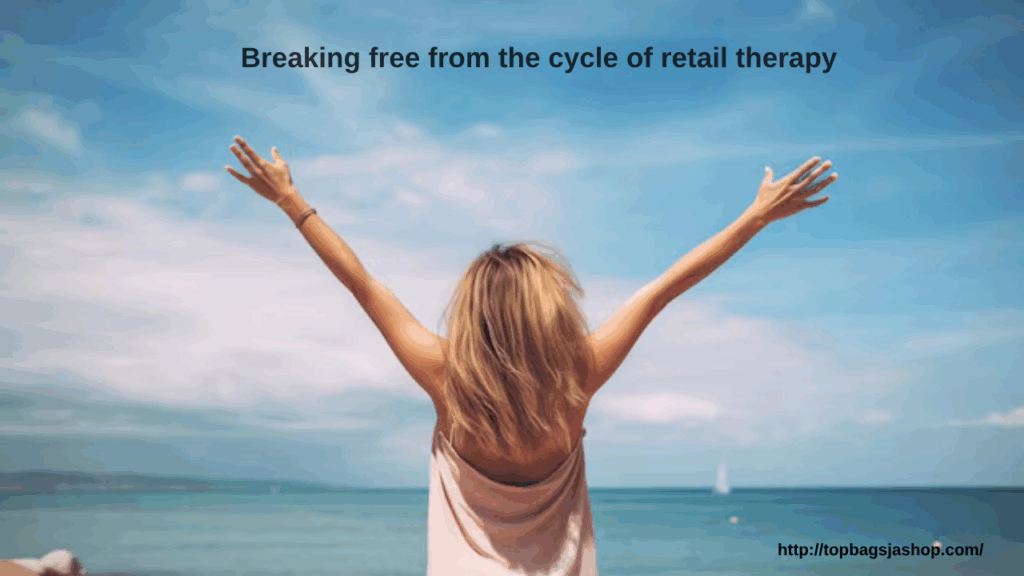
Retail therapy—the act of shopping to improve your mood—has become a cultural norm. Feeling stressed? Buy new shoes. Had a bad day? Order something online. While these purchases might provide a momentary emotional boost, the comfort rarely lasts. Worse, relying on shopping to cope with life’s challenges can lead to overspending, debt, and emotional regret, turning short-term relief into long-term financial stress.
If you find yourself stuck in the cycle of shopping to feel better, it’s time to explore healthier ways to heal—without hurting your wallet.
Why Retail Therapy Feels Good (But Doesn’t Last)
When you make a purchase, your brain releases dopamine, a chemical associated with pleasure and reward. This biological response makes buying something new feel exciting and emotionally satisfying—at least temporarily. Unfortunately, the thrill fades quickly, leaving many people with buyer’s remorse or financial anxiety.
Using shopping to manage emotions doesn’t resolve the underlying issues causing stress or sadness. Instead, it creates an avoidance pattern, pushing emotional discomfort aside without addressing it. Over time, this can lead to compulsive spending, mounting debt, and even feelings of guilt and shame.
The Hidden Costs of Retail Therapy
Retail therapy might not seem harmful at first, but the long-term consequences can be serious. Overspending leads to financial instability, credit card debt, and strained relationships. In some cases, emotional shopping can become addictive, creating a cycle of buying, regretting, and buying again.
This pattern not only impacts your bank account but also takes a toll on your mental health. Financial stress is a leading cause of anxiety and can contribute to depression, relationship conflicts, and reduced quality of life.
Healing Without Spending
Fortunately, there are healthier, cost-free ways to cope with emotional distress. Here are several strategies to help you heal without resorting to retail therapy:
1. Practice Mindful Self-Care
Self-care isn’t about material possessions—it’s about tending to your emotional, physical, and mental needs. Meditation, deep breathing, or simply sitting quietly with a cup of tea can calm your mind and help you manage stress without spending a dime.
2. Move Your Body
Exercise is one of the most effective ways to relieve stress and improve your mood. Take a walk, dance to your favorite song, do yoga, or stretch. Physical movement releases endorphins, which naturally boost happiness.
3. Connect with Others
Instead of shopping alone, reach out to friends or family. A heartfelt conversation can provide the emotional support you need and help you feel less isolated.
4. Engage in Creative Activities
Art, writing, cooking, or crafting can offer a productive emotional outlet. Creative expression reduces stress, promotes mindfulness, and leaves you with a sense of accomplishment—no shopping required.
5. Journal Your Feelings
Writing down your thoughts can help you identify emotional triggers that lead to shopping. Journaling allows you to process feelings and develop healthier coping mechanisms.
Conclusion
Retail therapy may feel like a quick solution to emotional discomfort, but it often creates more problems than it solves. By choosing healthier coping strategies, you can heal your emotions without harming your wallet. True relief comes from building resilience, fostering meaningful connections, and nurturing yourself in ways that last far beyond the thrill of a new purchase.